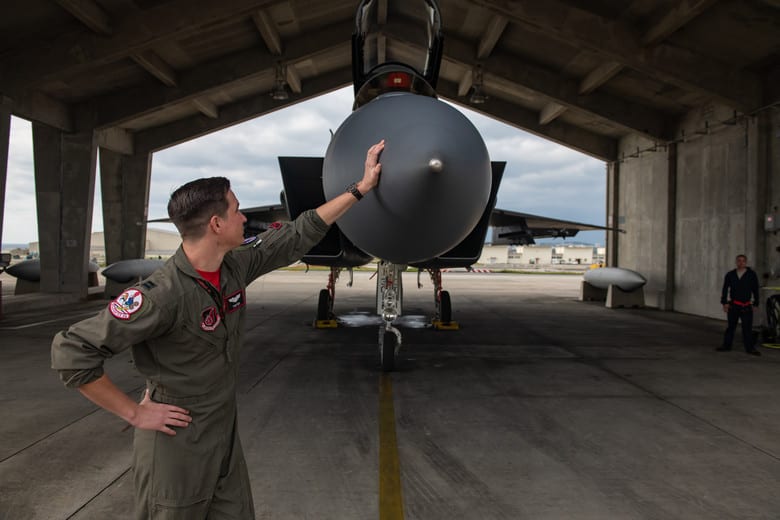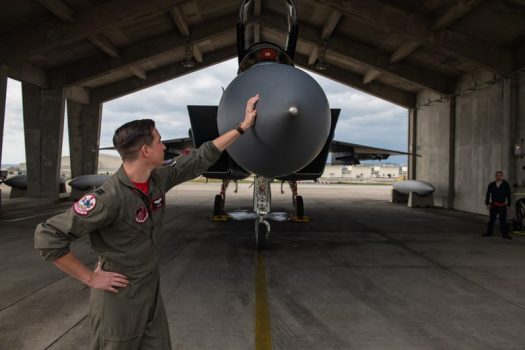By: Khushbu Patel & Jason Jowers, M.S. MFT

Resiliency can be defined as the capacity of a system (individual, child, family, community, economy, or any other complex system) to adapt successfully to challenges that threaten that system’s function, viability, or development.
Resilience is a term that is closely associated with our military as well, but what does it look like from that side of life? It is easy to understand resiliency when we see someone battle with a serious illness, thrive regardless of the situation they’re in, or overcome tragedy after tragedy. But as civilians, we rarely get a chance to see resiliency from the point of view of our military service members and the struggles that they face.
Recently Kadena Air Base released an article about U.S. Air Force Captain Cole Holloway, a pilot from the 67th Fighter Squadron1. Holloway’s always dreamt of flying planes. Over time, he achieved his goal by becoming a fighter pilot and ended up at Kadena Air Base in Japan. However, early into his career, his life came to a sudden standstill. He knew something was wrong when he began to feel muscle weakness in his left hand. As time passed his symptoms worsened and in October of 2018 he was diagnosed with amyotrophic lateral sclerosis – also known as ALS.
When they receive any type of diagnosis, many individuals begin to think about the cure or cause. With ALS, however, there is no known cure or cause. It is a degenerative disease that is eventually fatal. During this time it could be easier to think negatively about the world and to give up, but Holloway did the complete opposite. His training as a fighter pilot equipped him with resources that have helped him come to terms with his terminal illness. Since the diagnosis, he has gained new perspectives on life and has embraced resiliency by thinking about everything he’s done, and is currently doing, but doing it to the best of his ability. Read about Captain Holloway’s experience in nurturing resilience at www.kadena.af.mil
Captain Holloway’s story is just one example of the impact that resilience can make. Building resilience isn’t just an easy set of instructions you can follow, however. It is dynamic as it changes over time as individuals develop and situations change. The resilience of an individual also depends on the systems they are a part of; their family and friends, as well as the communities and cultures in which they live.
To find out more about resilience and how it can be cultivated in the face of adversity, be sure to look into our OneOp Resilience Series. This webinar series features the three leading theorists and researchers on the topic of resilience and how to build support for individuals, families, and communities. Visit the Resilience Series homepage for links to each of the three webinars, additional resources, and continuing education opportunities.
References
- Smith, J. H. (2019, August 22). Resiliency in the midst of the reaper. Retrieved from: https://www.kadena.af.mil/News/Article-Display/Article/1940816/resiliency-in-the-midst-of-the-reaper/
This post was written by members of the OneOp Team.
Blog Image: Photo from U.S. Air Force [Resiliency in the Midst of the Reaper by Staff Sgt. Micaiah Anthony, December 18, 2018, CC0]















